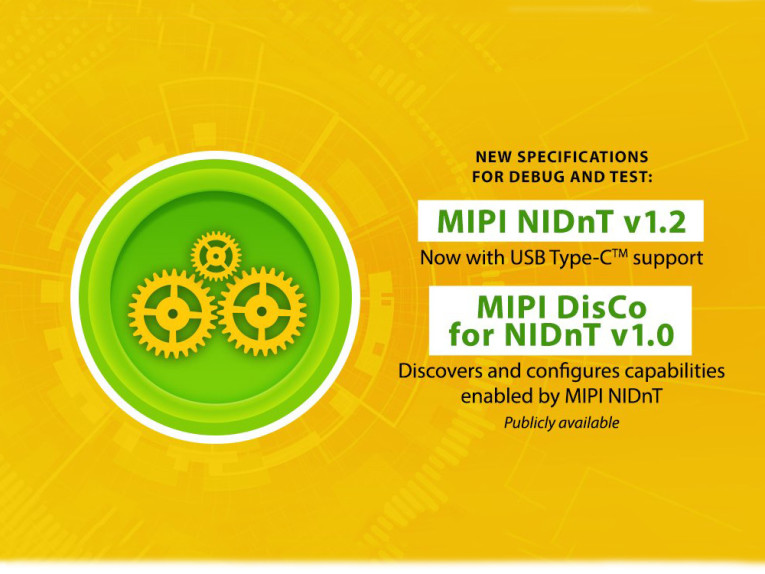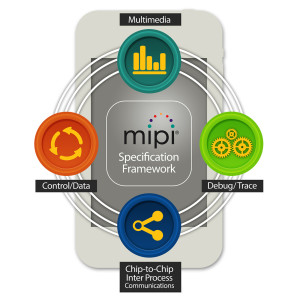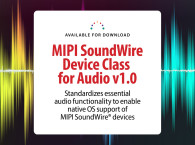
The new release retains all the conveniences of the original specification while incorporating modifications that make it possible to overlay the MIPI NIDnT technology on the latest version of the USB Type-C specification Rev. 1.2. USB Type-C is gaining popularity as a robust connector for small, thin mobile devices, such as smartphones, as well as tablets, laptops, IoT devices, and AR/VR products. The updated MIPI NIDnT specification is available for use with current and emerging products that have USB Type-C ports.
“MIPI NIDnT v1.2 is a very practical debug and test specification. It makes it easier for companies to identify problems in complex designs to ensure high-quality products, and it keeps pace with the market’s increasing use of USB Type-C technologies,” says Joel Huloux, chairman of MIPI Alliance. “MIPI NIDnT also helps companies reduce development costs because it provides a standardized testing approach that alleviates the need for expensive, proprietary tools.”
 A key feature of the new MIPI NIDnT release is its innovative use of USB Type-C v1.2 “alternate modes” to facilitate debug and test over USB Type-C pins. Expected users of the MIPI NIDnT specification include companies that want to offer generic testing tools for system-on-chip (SOC) manufacturers, board developers or original equipment manufacturers, as well as those that want to build debug and testing tools for their own internal processes.
A key feature of the new MIPI NIDnT release is its innovative use of USB Type-C v1.2 “alternate modes” to facilitate debug and test over USB Type-C pins. Expected users of the MIPI NIDnT specification include companies that want to offer generic testing tools for system-on-chip (SOC) manufacturers, board developers or original equipment manufacturers, as well as those that want to build debug and testing tools for their own internal processes.MIPI NIDnT v1.2 provides benefits during the system design process, when space is usually not available on a board for a dedicated debug connector. The specification also adds value after products are on the market, particularly when testing requires access to components that are enclosed within a sealed device. MIPI NIDnT alleviates both of these challenges by reusing existing functional connectors, such as USB Type-C ports, on a device.
“Debugging has always been a critical part of mobile device development, but it has become increasingly difficult as the market has evolved to more complex, compact designs,” says Enrico Carrieri, chair of the MIPI Debug Working Group. “The updated MIPI NIDnT specification simplifies this work throughout the development lifecycle. Developers do not need to be experts on USB Type-C to use the specification. Those who are familiar with MIPI NIDnT will find that the debug and test concepts haven’t changed. The specification simply adds capability to use USB Type-C.”
To help ensure MIPI NIDnT v1.2 implementations are successful, the specification includes design guidelines that are informed by the working group’s extensive experience with USB Type-C connectors.
MIPI DisCo for NIDnT v1.0
Separately, to complement the MIPI NIDnT Debug and Test Specification, MIPI Alliance has released MIPI Discovery and Configuration Specification for Narrow Interface for Debug and Test v1.0 (MIPI DisCo for NIDnT v1.0). This is a standardized software tool that makes it possible for test device software to easily discover and configure the hardware debug and test capabilities enabled by MIPI NIDnT. The architecture also enables the same capabilities on target devices.
www.mipi.org






